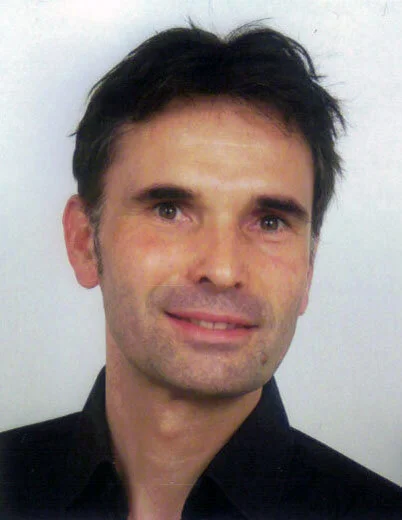Reflections from the Time Resolved structural Biology working group workshop in November
LINXS asked Martin Weik, member of the Time Resolved Structural Biology working group, and researcher at the Institut de Biologie Structurale in Grenoble, France, to share his experiences of organising and attending the three-day online workshop, Time Resolved Structural Biology – Seeing the Structure of Motions, in November.
– The workshop beautifully showcased the diversity of time-resolved methods and methodologies to study biological macromolecules at work: time-resolved X-ray scattering in solution and on crystals at synchrotrons and XFELs, time-resolved neutron spectroscopy, time-resolved single-particle cryo electron microscopy, NMR, electron diffraction and molecular dynamics stimulations.
– Even more importantly, it was fascinating for me to see how various experimental and computational approaches are being combined in unique ways to address biological questions, such conformational changes in a particular enzyme during catalysis or light-driven processes connecting photochemistry and -biology in biological macromolecules.
What areas can time resolved techniques and methods push in health and medicine?
– The developments of drugs is often based on seemingly static protein structures. Taking into account conformational plasticity of drug targets might aid drug design and multiply opportunities to eventually diversify medical treatments. A small but growing number of startup companies have recognised this and base their design approach on both structural and dynamical characteristics of drug targets.
What where the most interesting discussion points brought up at the workshop?
– In round table discussions, panel members and participants exchanged their ideas about how to create new methodological synergies to tackle outstanding problems and how to further integrate experimental and computational approaches. Lively debated were also the pros and cons of single particle versus ensemble methods.
What about your work excites you the most, as a researcher?
I am fascinated by the complexity of structural dynamics that animate each of the 20 000 different types of proteins in our body in such a unique and specific way. The precision with which each of the molecular processes is tuned in a protein is amazing to me and I am most excited by the opportunities to study protein dynamics that are generated when we combine and integrate various experimental and computational approaches.
Read more about the workshop in November
Martin Weik is a member of the Time Resolved Structural Biology working group, and a researcher at the Institut de Biologie Structurale in Grenoble, France.
Participants at the workshop Time Resolved Structural Biology – Seeing the structure of Motions.


